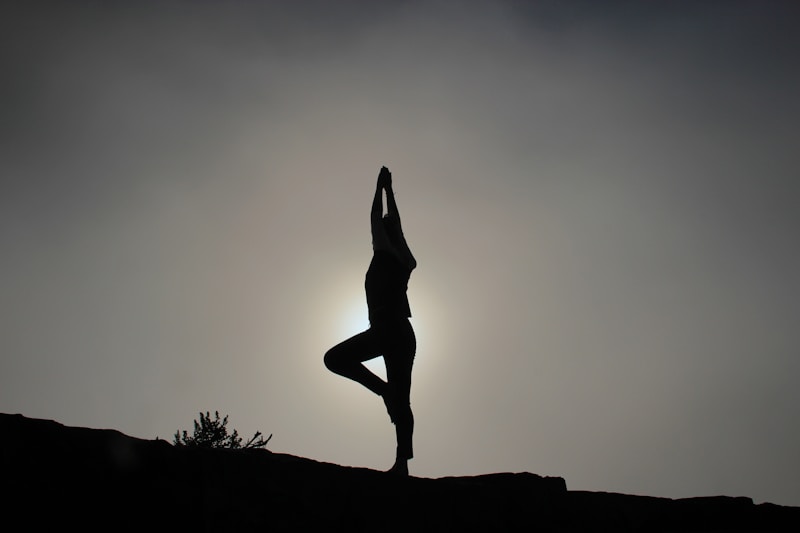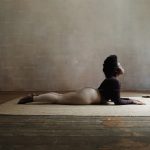Do you ever feel overwhelmed by all the different types of yoga classes available out there?Well we’ve put together this piece for you to help demystify what all these different styles are about, by telling you about some of the key aspects of each style.
Which Style Of Yoga Is For You?
Before we start it’s important to know a few key points:
- All physical yoga comes from the original Hatha Yoga, an Indian tradition which is thousands of years old.
- Physical yoga was developed as a preparation for meditation. Āsana, the physical practice, is only one of eight parts which make up the eight limbs of yoga.
- When we talk about yoga these days, we are usually referring to the physical aspect, but actually the physical aspect is only a small piece of the puzzle.
- The main styles of yoga have a lineage which trace back to a founding teacher or guru. Many of these have been changed and modified in the last 50 years or so for Western practitioners to suit different lifestyles and objectives.
- Styles of yoga sometimes overlap and other times contradict each other. It’s important to find a style and a teacher which suits you!
So here are some of the main reasons you might go for a particular style:
You’re looking for a strong physical practice, with a flowing element
You might want to consider Ashtanga Yoga, Vinyasa Yoga or Hatha Yoga. There are also newer flowing styles which were developed by Westerner teachers who studied the classics, such as Jivamukti Yoga, Forrest Yoga and Rocket Yoga. These styles will build strength and endurance, and include instruction on breathing. Teachers sometimes include background music as part of their classes, but others say this detracts from the meditative aspect of the sequence. Teachers may draw from the rich philosophical history of these styles, depending on the specific teacher’s style and abilities. You may find some more relaxing versions of these classes too.
You like to get all hot sweaty…
You’ll need to try Bikram Yoga, Barkan Yoga or any kind of Hot Yoga. These styles are practiced in a room which has been heated to between 30 and 40 degrees, dry heat. The idea is that it is easier for the body to stretch in the heat, so it’s possible to stretch more deeply. The heat is also said to help with detoxing the body, although it’s important to consider if your body can withstand the heat, especially if you’re pregnant. The postures may be similar to other styles of yoga, the main difference being the hot room. Teachers need to be specifically qualified in these styles in order to call themselves teachers of this style. In the case of Bikram Yoga, it is a set of postures which is never altered and postures are held for the same amount of time in every practice.
You’re into perfect alignment
Iyengar Yoga and Anusara Yoga have a very strong focus on alignment. That’s not to say that other forms of yoga don’t focus on alignment, but it’s a core focus in these styles. Anusara Yoga was derived from Iyengar Yoga in the 1990’s to suit a more Western audience. BKS Iyengar is widely acknowledged to be one of the most important modern yoga teachers.
You need some healing
Restorative Yoga, Yin Yoga or Viniyoga are often seen as specifically healing forms of yoga, although all styles of yoga have aspects of healing. The reason these are specifically suited to healing is because they are the gentlest practice you might encounter. Postures would be gentle, and held for between five and ten minutes, often with background music. You may also have use of cushions, bolsters and straps to make the postures more accessible. These would be great for recovery from injury or illness. Some of the postures would derive from the original Hatha Yoga postures.
You’re interested in the spiritual aspects of yoga
Most forms of yoga have a spiritual basis, but they are not always taught in class. However you are likely to encounter some aspect of spirituality in Kundalini, Ashtanga, Hatha, Sivananda and Jivamukti Yoga. That’s not to say the others don’t do it, it’s just more commonly seen in these styles. It very much depends on the style of the teacher or on the centre it’s taught in.
Different Strokes For Different Folks
All these styles of yoga would likely include some element of breathing, meditation, and a relaxation called Śavāsana (Corpse Pose) at the end of the practice. But then again, some teachers like to ‘freestyle’, and they may not! It’s also quite common to find that people swear by their particular style of yoga, at the exclusion of all others, only to find years later that there’s another style which gives them something new and different which they love. It’s easy to get hung up on the details. The most important thing is that you find a style and a teacher you connect with.
You’ve probably gathered that it’s quite difficult to pigeon-hole the different styles of yoga. We’ve only covered a selection of some of the most popular styles, but there are many more, and more coming onto the scene all the time. Which styles have you tried? Do you have a particular favourite? Why? As always, discussion is below!












